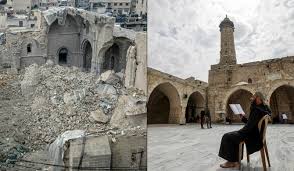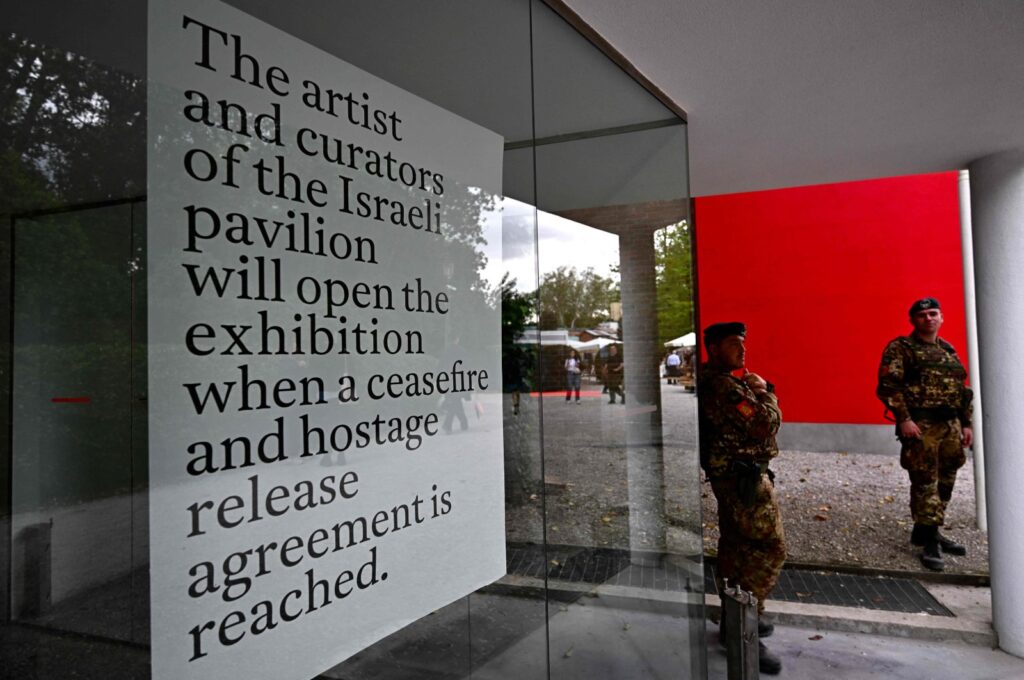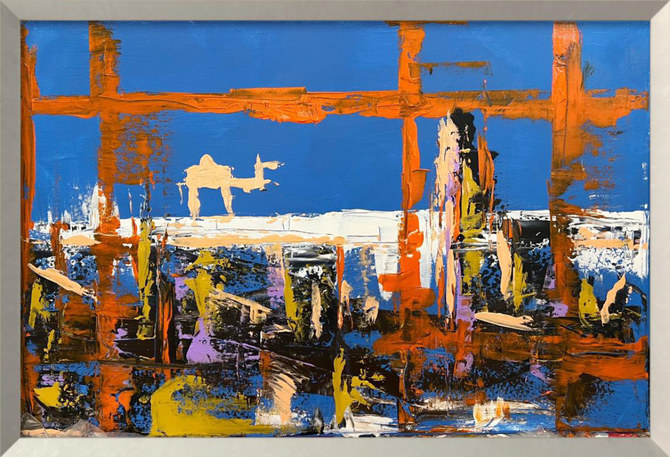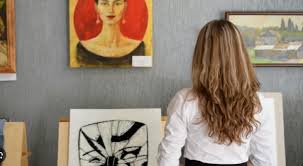
Melissa Gronlund
In 1938, a group of Egyptian artists and writers, led by the poet Georges Henein, launched a manifesto denouncing the relationship between the state and art. Art should be free from the demands of the state, they wrote, and Surrealism was the answer: a liberating, independent force that championed human creativity. They called themselves Art et Liberte (Al-Fann Wal-Hurriyya in Arabic) and became an important part of the development of modern and contemporary art in Cairo.
Over the past few years, the story of Art et Liberte, long banished to the dusty archives of Egyptian art journals and auction catalogues, has been explored by major museums. In 2016, the Centre Pompidou hosted Sam Bardaouil and Till Fellrath’s presentation — Art & Liberte: Rupture, War, and Surrealism in Egypt 1938–1948) — which travelled to a further five locations.
Also, starting in 2016, the Sharjah Art Foundation held a show on the same group of artists, When Art Becomes Liberty: The Egyptian Surrealists (1938–1965), in collaboration with the National Museum of Modern and Contemporary Art, Korea, and the Palace of Arts in Cairo.
Now, Tate Modern in London and the Metropolitan Museum of Art in New York have joined the effort to broaden the global understanding of the art movement with Surrealism Beyond Borders, which tracks its global development from the 1920s to the 1950s.
:quality(70)/cloudfront-eu-central-1.images.arcpublishing.com/thenational/5WFTKU4QMMPH4VNUT746E6BNBY.jpg?w=810&ssl=1)
Led by Stephanie D’Alessandro at the Met and Matthew Gale at Tate, the team worked for seven years on the project, producing not only the sprawling show that opened at Tate Modern last week, but also a well-researched catalogue with original commissioned work.
The advantage of the Tate and the Met’s project is its global focus, drawing connections between Cairo and the Caribbean, Havana and Osaka. But somewhere amidst this broadening, the borders of surrealism as an artistic concept start to sag, and one is left wondering what exactly surrealism is.
There are a lot of “while… also” constructions in the wall text, as if one can see the curatorial staff visibly straining to include a variety of positions. Who can blame them? Surrealism came about to counter conventional painting and sculpture. Its impulses were centripetal, tending towards idiosyncrasy rather than harmony.
:quality(70)/cloudfront-eu-central-1.images.arcpublishing.com/thenational/2E353T535VED7CPOOR26ZQE4NM.jpg?w=810&ssl=1)
Given the modernist penchant for manifestos, titled groups and affiliated exhibitions, surrealism is in one sense easy to define. Surrealists groups were founded in Paris in the 1920s, influenced by trauma from the First World War and Freudian psychoanalysis. The artworks that grew out of the movement featured bizarre renderings of the internal mind: melting clocks, floating trains, human-animal hybrids and dismembered bodies.
The exhibition reflects this interest in the oddities of the human imagination, irrespective of location: Cuban artist Wifredo Lam’s spiky figures with protrusions in places where there should be none; Spanish artist Eugenio Granell’s mitochrondrial representations of sound and fury; Egyptian artist Amy Nimr’s saturated, fleshy 1940 painting Untitled (Anatomical Corpse).
In their sheer delight at not being likeable, the works lean into the idea that truths could be found among what was previously repressed or ignored.
:quality(70)/cloudfront-eu-central-1.images.arcpublishing.com/thenational/ZQI7CRHRRFGNFMDG6WCDED6FYI.jpg?w=810&ssl=1)
But some inclusions stretch the definition of surrealism to breaking point. One of the show’s standout artists is Ted Joans, who contested the racial injustices of his native US. Joans was inspired by Andre Breton and labelled himself a surrealist in his works and writings; yet his style, full of ironic juxtaposition in its condemnations and celebrations of America, bears little resemblance to the dream-like states typically associated with the movement. For Joans, surrealism was a salvo — a means to argue that reality itself was awry.
In other places, however, the recalibration of what is meant by surrealism highlights aspects of the movement vastly more interesting than its pop-cultural cliches of melting clocks and lobster telephones — notably, its anti-colonial stance. Surrealism offered artists an avenue for dissent.
Aime Cesaire, whose Negritude movement offered a new definition of black consciousness, crossed over with Breton in Paris and used surrealism in the Caribbean to refract the contested and fragmented relationship between the Caribbean isles and Europe.
Artists in Brazil, in tandem with the Antropofagia movement, coopted surrealism as a mode of symbolic liberation while also incorporating black and indigenous art forms. In Cairo, Art et Liberte looked towards folk and local idioms to create a specifically Egyptian form of art.
This became a pronounced strategy in abstraction and other more well-known forms of anti-colonialist work, but the show reveals its importance within surrealism, despite its “universalist” framework of bodies, dreams and the subconscious.
The catalogue will turn out to be this show’s lasting contribution to the study of global modernisms, simply because it can support the level of detail needed to understand the specificities of local responses.
From a Middle Eastern context, it builds on the research done around Art et Liberte while also giving an airing to lesser-known surrealist groupings such as those in Aleppo, in a text written by Anneka Lenssen, who draws on research she has done on modernism in Syria.
The relationship between Joans’s images of black power, Negritude, and African movements such as Art et Liberte and those in Angola and Mozambique are given room to open up and serve as stepping stones for future research.
More questions, fewer answers is a rallying cry the surrealists could get behind.
Courtesy: thenationalnews
The post Arab surrealists showcased in Tate Modern’s latest exhibition in London appeared first on The Frontier Post.








